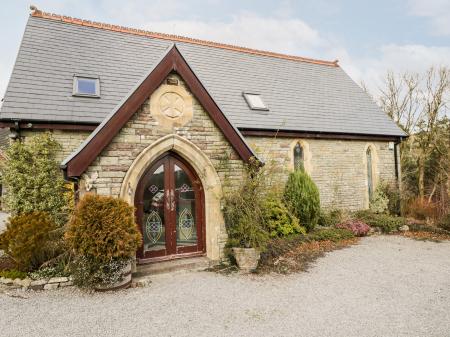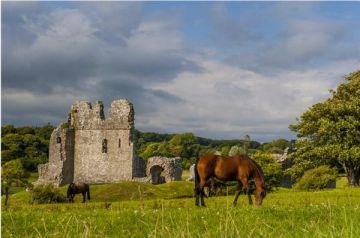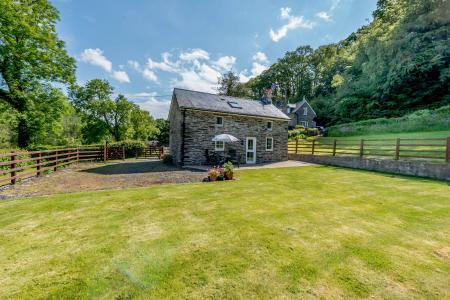
Oddly, the remains were not recognised as part of a Roman fort until work on the nearby football pitch in 1902.
The fort covered an estimated 2.3ha and housed a garrison of at least 500 soldiers on a steep-sided site over the River Taf. Pottery found on the site suggests that the fort was established in the Flavian dynasty - between 69-96AD, and continued in use until around 140AD.
Outside the fort remains of a bathhouse and cremated burial remains were discovered, suggesting that a sizeable settlement grew up around the site.
There is very little to see today, due to the encroaching housing estates and modern development.
 We've 'tagged' this attraction information to help you find related historic attractions and learn more about major time periods mentioned.
We've 'tagged' this attraction information to help you find related historic attractions and learn more about major time periods mentioned.




